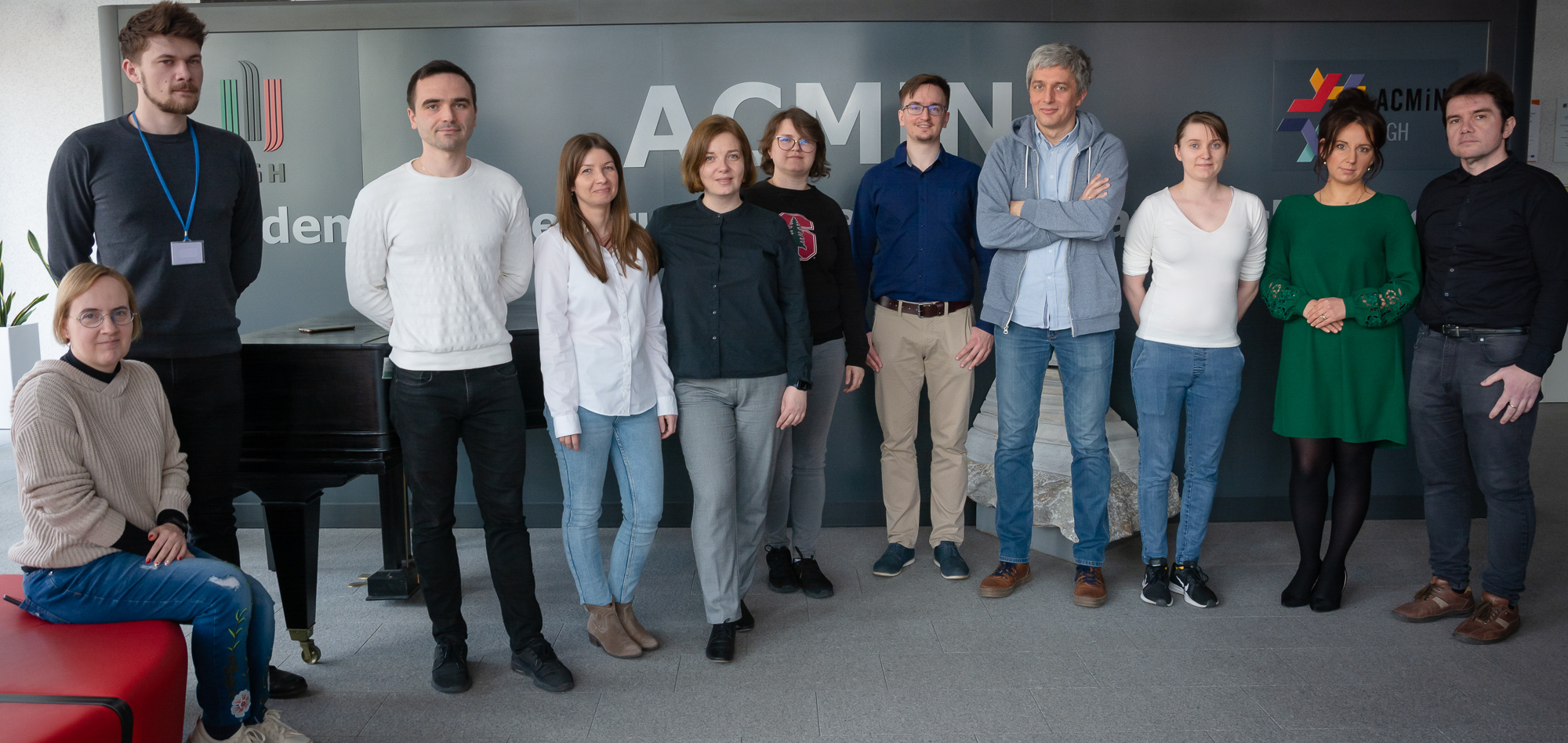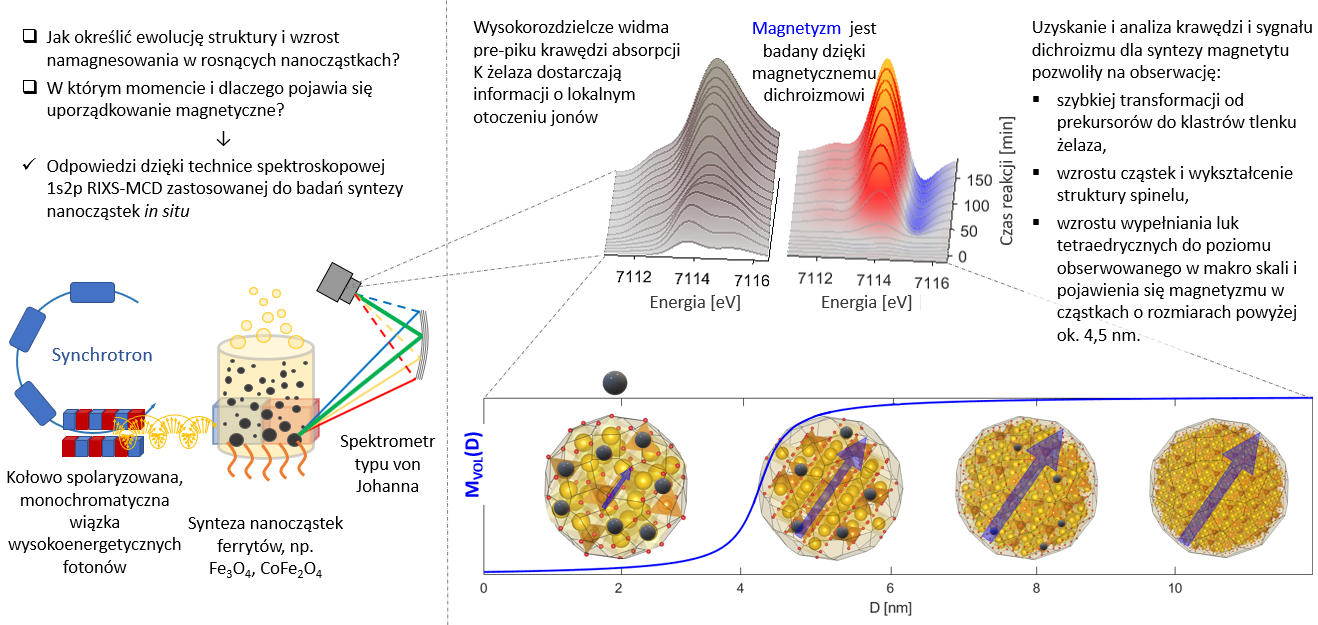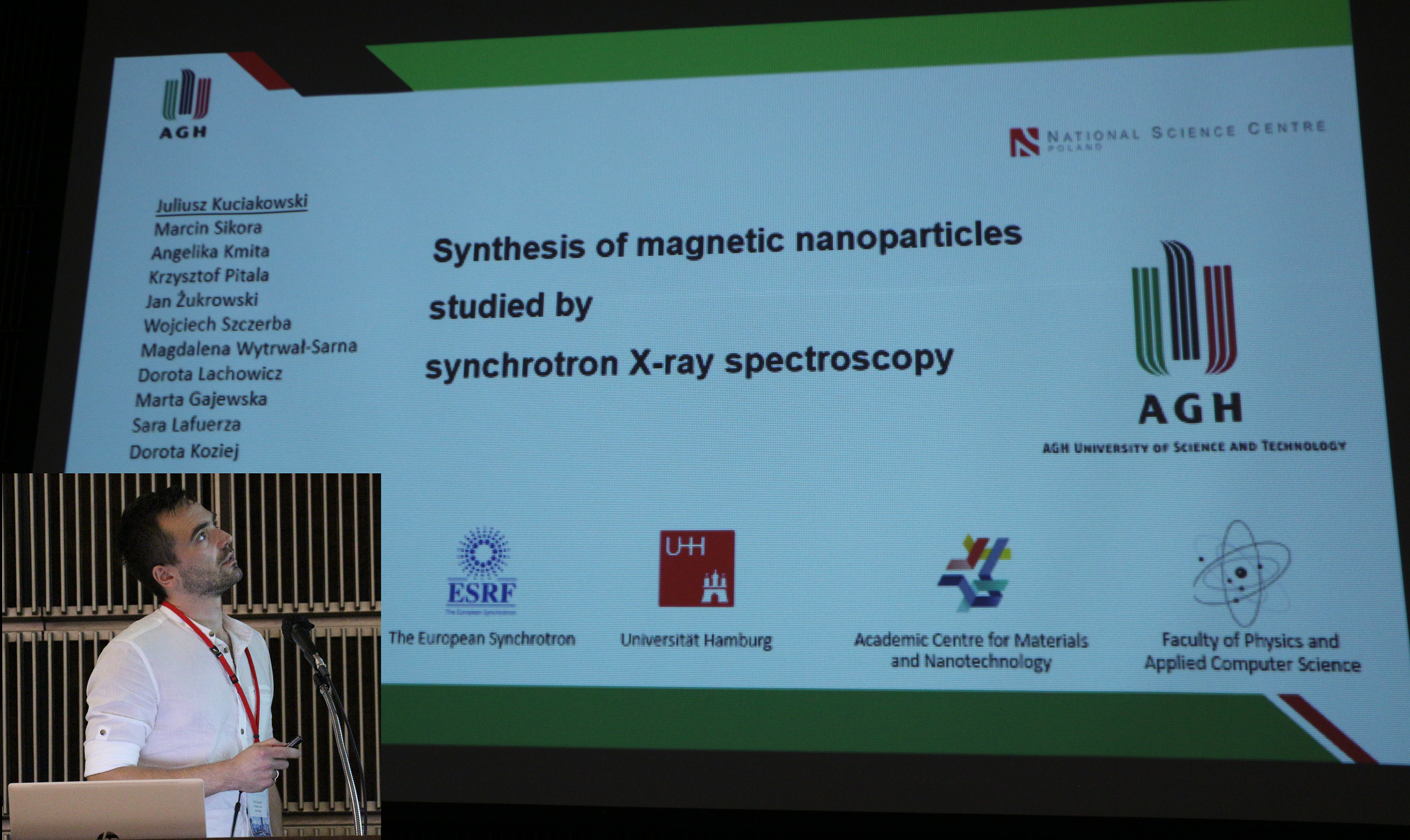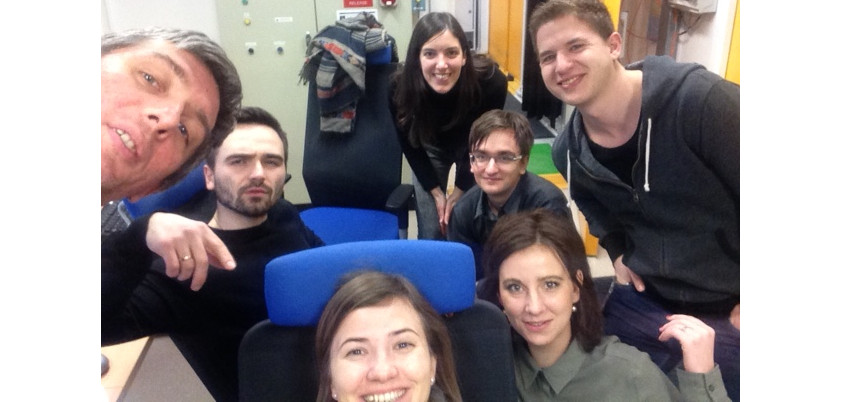Interdisciplinary Environmental Doctoral Studies "Physical, Chemical and Biophysical Foundations of Modern Technologies and Materials Engineering" (FCB)– PhD Juliusz Kuciakowski

 Project title
Project title
Interdisciplinary Environmental Doctoral Studies "Physical, Chemical and Biophysical Foundations of Modern Technologies and Materials Engineering" (FCB)– PhD Juliusz Kuciakowski
 Name of Beneficiary/Beneficiaries
Name of Beneficiary/Beneficiaries
Faculty of Physics and Applied Computer Science, AGH University of Science and Technology, Kraków
 Name of programme
Name of programme
Operational Program Knowledge Education Development
 Competition
Competition
Interdisciplinary Environmental Doctoral Studies "Physical, Chemical and Biophysical Foundations of Modern Technologies and Materials Engineering" (FCB)
 Project value
Project value
PLN 10,123,883.00 for 75 beneficiaries
 Funding value
Funding value
PLN 134,895.00 per doctoral student
 Project delivery period
Project delivery period
from September 1, 2017 to August 31, 2022 (extended to October 31, 2023)
Get to know our team

Names of team members from left to right:
-Dr. Eng. Joanna Stępień,
-MSc. Wojciech Salamon,
-MSc. Juliusz Kuciakowski,
-Dr Sylwia Klejna,
-Dr. Eng. Katarzyna Berent,
-Dr. Eng. Aleksandra Szkudlarek,
-MSc. Krzysztof Pitala,
-dr hab. engineer Marcin Sikora, prof. AGH (doctoral student's supervisor),
-Elżbieta Trynkiewicz, M.A.,
-dr hab. engineer Angelika Kmita, prof. AGH (auxiliary supervisor),
-Dr. Vitaliy Bilovol
A team of researchers during a synchrotron experiment on the ID26 beamline of the European Synchrotron Research Center (ESRF) in Grenoble.
From left:
-Ph.D. engineer Marcin Sikora, prof. AGH,
-MSc. Juliusz Kuciakowski,
-Ph.D Sara Lafuerza, research employee of the ID26 ESRF line,
-Prof. Dorota Koziej, University of Hamburg,
-MSc. Krzysztof Pitala,
-Ph.D. engineer Angelika Kmita, prof. AGH,
-Philippe Jager, Ph.D.
See the effect of our work


What problem does our project solve?
The doctoral thesis included research on ferrites in the form of nanoparticles. Ferrites are the most commonly used magnetic materials due to their relatively strong magnetism and their cheap cost. In the form of nanoparticles, ferrites can reach a superparamagnetic state, i.e. their magnetic coercivity disappears and they can be remagnetized without energy losses, so they have the potential to increase the efficiency of devices using electromagnetic phenomena. Additionally, they are being tested to create a new class of strong and permanent magnets without the use of rare earth elements. Due to their small size and the possibility of modifying the surface and interior of particles, they can also be used in medicine for drug delivery and research using an external magnetic field that controls the location of particles in the body. These and other applications require precise control of particle production and properties. The project involved using the latest research techniques developed in synchrotron centers to investigate the synthesis of magnetic nanoparticles to determine the development of structure and magnetism during particle growth.
The research confirmed the high sensitivity of the method and the ability to distinguish structural and magnetic changes in terms of elements and types of ions in the structure. The syntheses of magnetite and cobalt ferrite were examined, divided into structural changes, changes in the environment of iron and cobalt ions and magnetic changes. It has been confirmed that there are no special requirements regarding the form and preparation of the sample, which is a great advantage of the method and increases the range of systems that can be tested. Progress in techniques and the collection and analysis of results allow for the improvement of basic knowledge about phenomena present at the nanoscale and, in particular, the basics of nanomagnetism, which allows for better design and control of the production of nanoparticles with desired properties.
Who will benefit from the project results?
Research during the ongoing synthesis is particularly demanding for technological reasons, but it allows obtaining unique information about physical and chemical processes. The RIXS-MCD technique has been effectively used to study the ongoing reaction during the synthesis of magnetic nanoparticles, which gives hope for the implementation of other ambitious projects, such as the study of multi-stage reactions in miniature lab-on-a-chip systems. The project's achievements open up the possibility of studying various reactions in terms of their course and correlation of the chemical, structural and magnetic properties of nanomaterials in solutions. Today, they allowed obtaining results for selected, popular materials, and in the future they can be used to optimize large-scale processes for the synthesis of magnetic nanomaterials, e.g. for technical or biomedical applications.
What was the biggest challenge for us in implementing the project?
The biggest challenge was preparation for pioneering synchrotron experiments and data analysis. The setup of the experiment required as much and detailed examination of the synthesis in the laboratory as possible for various conditions in order to maximize the probability of success for the opportunity offered by the European Synchrotron Research Center. For each of the over 30 syntheses measured at the synchrotron facility, several dozen spectroscopic spectra for various elements and in various energy ranges had to be analyzed, and due to the lack of this type of research, data processing methods and computational programs had to be prepared for this purpose manually. The implementation of both of these aspects greatly benefits from the coordinated activities of researchers dealing with experimental techniques and theoretical calculations from several fields: chemistry, physics and materials engineering.
Our advice to other Applicants
Ensure flexibility in spending funds.
